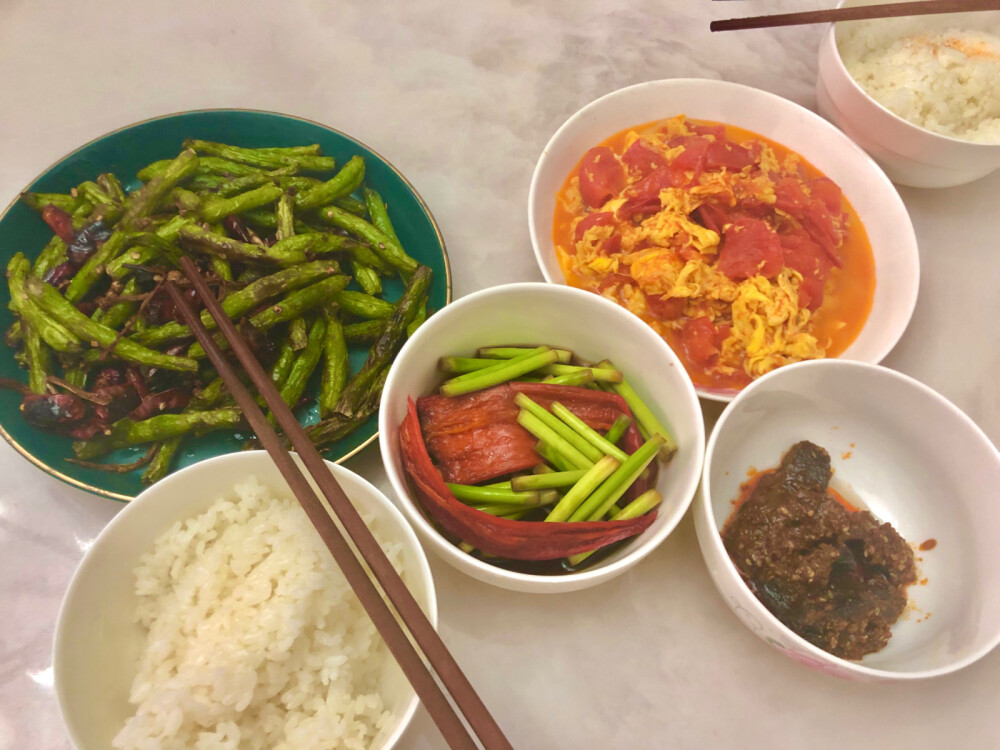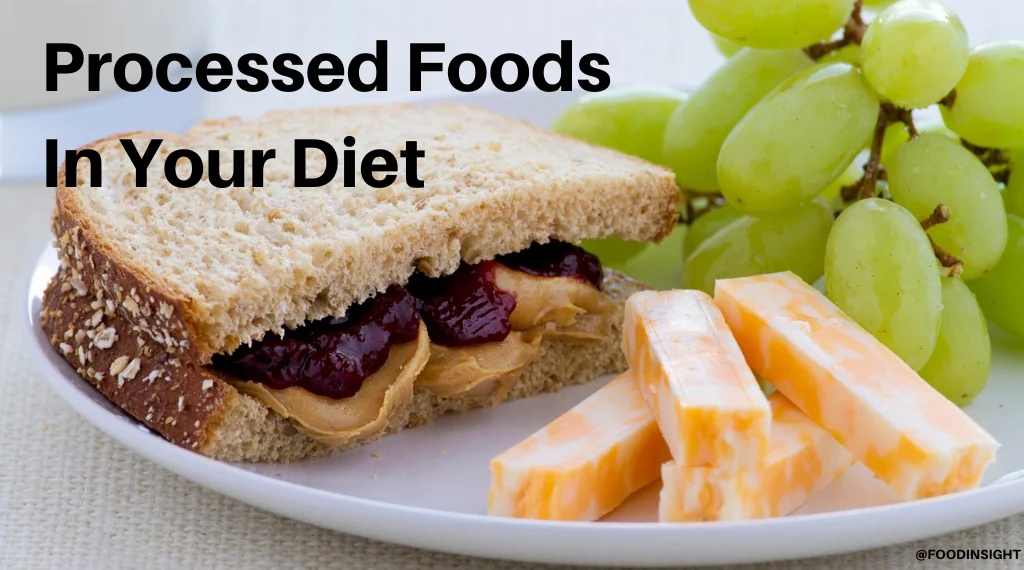
10 tips for getting into a work lunch routine
- Aim for a healthy lunch, not a perfect lunch. You do not need to meet all the nutrition recommendations, just contribute to your daily intake of good food.
- Cook too much on the weekend and at night, so you can take left-overs. Turn a Sunday roast lamb into a lamb and salad wrap on Monday.
- Buy some useful containers. Plenty of meals get soggy while waiting for lunchtime, so don’t mix together the meal elements until you’re ready to eat. With the right containers, you can keep everything separate and fresh.
- Make a work pantry. With your co-workers, contribute an item that everyone can use for their lunches. Salt and pepper, tomato/chilli/soy sauce, olive oil, lemons, honey, a chopping board, a sharp knife – work out a system to share the shopping and the expense.
- Make sure you have some inspiration. Find a chef whose recipes appeal to you, and then regularly check their online ideas to top up your lunch menu.
- Eat the food you love. Don’t have soup for lunch if you don’t find it filling enough. And don’t eat hot leftovers if they make you feel sleepy. Choose lunches that you find tasty and just right for the middle of the day.
- Use cutlery, a napkin and a nice plate. If you take the time to serve your lunch properly (rather than eating out of a plastic lunchbox or paper bag), you will probably take time to enjoy it and digest it.
- Finish with a treat. Something cold and sweet is a great energy boost before heading back to work. Think about the fruits that are in season (cherries, oranges, watermelon, grapes, raspberries, kiwifruit).
- Plan your weekly menu in advance, and get the ingredients into your fridge and pantry. You want to wake up each morning and make your lunch without having to think about it.
- Choose a lunch that gives you the energy that you need. If you have a highly physical job, you will need more lunchtime kilojoules than someone who has a sedentary job. And if you are a younger person or physically active person, you will need a heavier meal than an older person. Pregnant and breastfeeding women need additional energy too.
Ideas for your work lunchbox – a 9-step plan
Think about your lunch as if you are standing in front of a food counter and you have everything in front of you. What combination is your favourite? Do you like a lot of ingredients mixed together, or simpler combinations?
Let’s look at a 9-step plan to a great lunch:
- Choose a carbohydrate as the base: rice, couscous, polenta, pasta, wholegrain bread, bread roll, wrap, pita bread, potato.
- Select some salad vegetables: capsicum, cucumber, cherry tomatoes, baby spinach leaves, asparagus, avocado, corn kernels, carrots, cooked pumpkin, red onion, lettuce, rocket leaves.
- Choose some flavour foods: olives, capers, pickles, nuts, seeds, eggs.
- Choose a dairy item: feta cubes, mozzarella balls, cheddar slices, goat cheese, cottage cheese, ricotta.
- Choose a fish or meat: smoked salmon or trout, canned tuna or salmon or sardines, ham, sliced beef or lamb, preserved meat (such as salami or prosciutto), sliced meatballs, cold sausages.
- Or, take a vegetarian option: tofu, falafel balls, butter beans, kidney beans, chickpeas.
- Add a herb: coriander, basil, parsley, chives, mint.
- Sprinkle with a dressing or sauce: soy sauce, chilli sauce, sesame oil, olive oil, mustard, salad dressing or vinaigrette, mayonnaise, hummus, tzatziki.
- Have dessert: fruit, yoghurt, or some cheese and wholegrain crackers.
This list doesn’t even come close to all your options. And, don’t forget, you can do a different combination on different days.
Ideas for smaller snacks at work
Sometimes you may not have time for a big lunch, or you may want something light. Here’s a list of healthy foods that can be a mid-morning snack or a small lunch:
- air popped popcorn and a banana
- carrot sticks and hummus
- raisin toast with cottage cheese
- a fruit smoothie made with milk, yoghurt, and fresh or frozen fruit
- wholemeal toast or a large wholegrain cracker with ricotta and tomato slices
- peanut butter on wholegrain crackers
- a sushi roll
- a cup of homemade soup
- a small tin of mixed beans, or some salt-reduced baked beans on a toasted muffin
- a wholegrain muffin or toast with avocado or tomato and Vegemite.
Ideas for work lunches made from dinner leftovers
If you’re in a hurry, but you have leftovers from last night’s dinner, then you have a chance to create an instant lunch:
- Make a jaffle with a filling of spaghetti.
- Slice leftover meat or chicken to put on top of a salad, or in a wrap.
- Cook up leftover vegetables mixed with some spices (like curry or cumin), and serve with Greek yoghurt and pita bread.
- Pop some soup in a thermos.
- Use leftover rice or pasta as a base for a salad.
- Pack up a leftover corn cob with a boiled egg, a chicken drumstick or a meatball.
Work lunches – planning is everything
- Plan your budget. Make sure you are actually saving money!
- Plan your shopping list and when you will shop.
- Keep an eye on your stock of pantry items that you use regularly.
- Have plenty of useful containers for carrying your lunch to work.
- Work out when it is easiest to prepare the fresh items in your lunch. You may need an extra 15 minutes in your morning schedule.
- Freeze your water bottle overnight if you prefer cold water.
- Stay safe:
- Wash your hands before your prepare and eat your lunch.
- Wash your lunch containers in hot soapy water, and dry them well with a clean dry tea towel, or leave them to air dry in the dish rack.
- Pack perishable items between ice packs or frozen items. Then pop them straight into the fridge when you get to work.
- Reheat leftovers to the point that they are steaming and hot all the way through.
- Ensure the work fridge is working properly and running below 5 degrees Celsius.
More good news about home-packed lunches
Not only does your body love a healthy lunch each day, your mind, your sense of wellbeing, and your wallet can benefit too:
- Have a break. If you take time to eat your packed lunch away from your desk, you are letting your mind and body refresh for an afternoon of work. You’ll be more alert, more focused and probably more productive.
- Be social. When you sit in the office kitchen, or at a nearby park, or on a seat outside your building, you have a good chance of striking up a conversation while you eat your lunch. Then, you’re not only benefiting from your healthy food, but from the wellbeing that social connections [link to new page ‘Social connections and mental health’] bring to your life.
- Save money. If you use a refillable water bottle and pack a lunch from ingredients that you buy in bulk or from a supermarket, you will easily save money compared with a lunch that you buy from a retail outlet. Even just a piece of fruit and a soup serving are likely to be double the cost of bringing them from home. Just think, your savings from a home packed lunch could pay your annual electricity bill, or fund a family holiday.
You can talk about lunch club
Have you thought about a lunch club at work? Find like-minded colleagues who enjoy cooking, and take turns providing lunch for the group each Friday (or whatever day suits everyone).
Keep the group a manageable size, maybe four to eight people, and make sure everyone is prepared to eat what’s served by others. You’ll only have to prepare a share dish once every one to two months, and you’ll get to try other people’s cooking.
You may even decide on a theme for your group: perhaps cooking from around the world? Or different sandwich toppings? Or different soups or pastas? The choices are endless!



